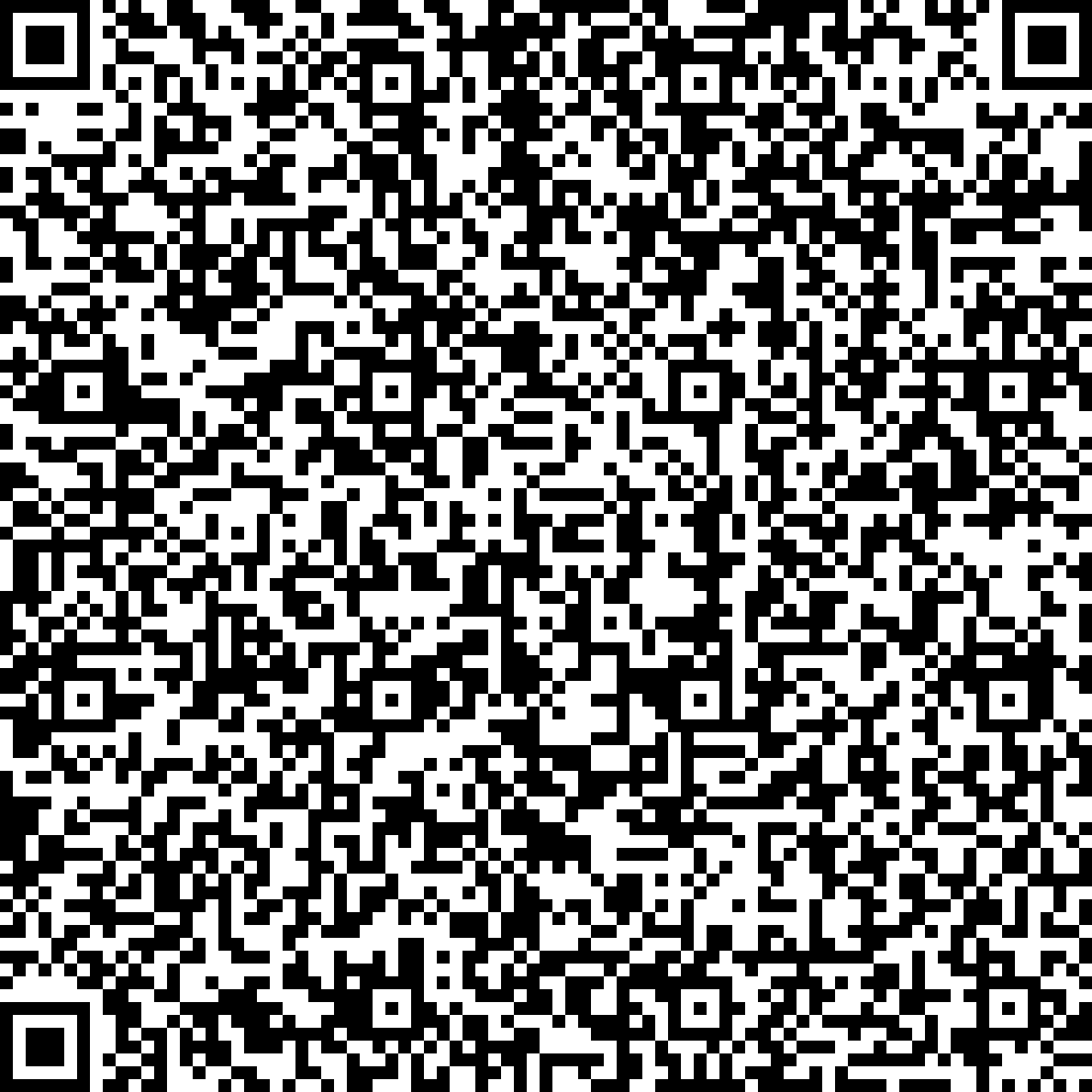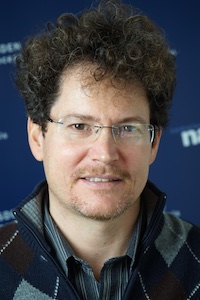


Significant progresses have been made in the field of molecular electronics since the first experimental report of single molecule conduction. Recently two groups simultaneously reported inelastic electron tunnelling spectroscopy (IETS) results showing signatures of the molecular vibrations in the measured conductivities. These results have been of great significance as they provided the first direct evidence of molecular fingerprints in the transmitted current, also validating the accepted tunnelling through-the-bridge model.
Despite the apparent simplicity, simulating realistic metal-molecule-metal junctions present many problems. High level quantum chemical methods are too computationally expensive to treat the very large clusters required to simulate the real semi-infinite electrodes (hundreds of atoms). On the other hand, lower level methods are often unable to catch the real behaviour of molecular systems present between the electrodes.
In this work we present the development of a code used to describe conductivity inside molecular devices. We implement non-equilibrium Green's function formalism (NEGF) with the use of density functional tight binding (DFTB) for the electronic structure. DFTB is in essence a tight -binding formalism where the interaction Hamiltonian is computed using DFT. DFTB is able to describe large systems (many hundreds of atoms) with similar accuracy to DFT whilst avoiding the cost of full DFT implementations.
The electron-vibrations interaction has been included in the DFTB code within the NEGF formalism. We present simulated IETS characteristics for realistic molecules and compare to recent experiments. Our simulations are among first theoretical attempts to make realistic calculations of inelastic features in molecular bridges and may help to assign experimental peaks not explicable through conventional spectroscopic data available for isolated molecules.



Significant progresses have been made in the field of molecular electronics since the first experimental report of single molecule conduction. Recently two groups simultaneously reported inelastic electron tunnelling spectroscopy (IETS) results showing signatures of the molecular vibrations in the measured conductivities. These results have been of great significance as they provided the first direct evidence of molecular fingerprints in the transmitted current, also validating the accepted tunnelling through-the-bridge model.
Despite the apparent simplicity, simulating realistic metal-molecule-metal junctions present many problems. High level quantum chemical methods are too computationally expensive to treat the very large clusters required to simulate the real semi-infinite electrodes (hundreds of atoms). On the other hand, lower level methods are often unable to catch the real behaviour of molecular systems present between the electrodes.
In this work we present the development of a code used to describe conductivity inside molecular devices. We implement non-equilibrium Green's function formalism (NEGF) with the use of density functional tight binding (DFTB) for the electronic structure. DFTB is in essence a tight -binding formalism where the interaction Hamiltonian is computed using DFT. DFTB is able to describe large systems (many hundreds of atoms) with similar accuracy to DFT whilst avoiding the cost of full DFT implementations.
The electron-vibrations interaction has been included in the DFTB code within the NEGF formalism. We present simulated IETS characteristics for realistic molecules and compare to recent experiments. Our simulations are among first theoretical attempts to make realistic calculations of inelastic features in molecular bridges and may help to assign experimental peaks not explicable through conventional spectroscopic data available for isolated molecules.